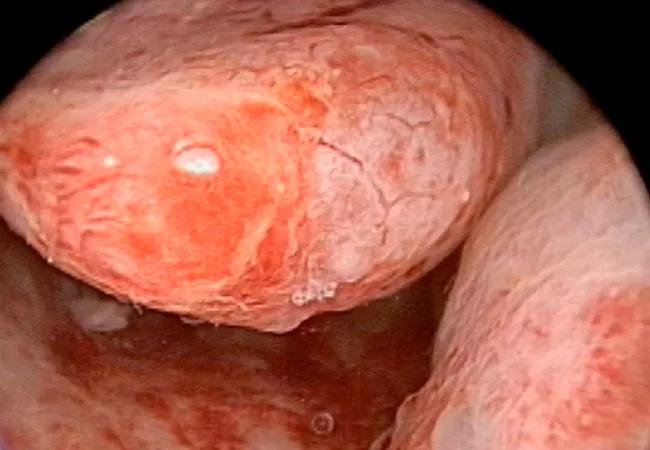Indications span a vast array of common problems

With an estimated 90 percent of hysterectomies performed for non-life-threatening indications, including uterine fibroids and uterine bleeding, Cleveland Clinic gynecologist Linda D. Bradley, MD, Director of the Fibroid and Menstrual Disorders Center and Director of Hysteroscopic Services, is an outlier.
Advertisement
Cleveland Clinic is a non-profit academic medical center. Advertising on our site helps support our mission. We do not endorse non-Cleveland Clinic products or services. Policy
To effectively reduce the need for hysterectomies, Dr. Bradley champions the use of hysteroscopy for the evaluation of patients with abnormal menstrual periods, infertility, recurrent miscarriage, retained products of conception, endometrial polyps, intrauterine fibroids, abnormal bleeding and, in some cases, abnormal Pap results. Over time, she has convinced her colleagues in the Ob/Gyn & Women’s Health Institute to carry the hysteroscopy banner and is now urging others to do the same.
“Urologists use cystoscopes to investigate urinary tract bleeding with hematuria. Pulmonologists use bronchoscopes on patients who are coughing up blood. An orthopod will use an arthroscope to look inside a painful knee. Yet gynecologists have not fully embraced hysteroscopes like other specialties have for symptomatic problems,” says Dr. Bradley, who is also institute Vice Chair.
“My hysteroscope is my stethoscope!” she adds.
Hysteroscopy offers multiple benefits for physicians and patients alike.
“Hysteroscopy can be a comfortable, office-based, economically wise technique for taking a look that offers the best use of time and resources. It enables me to evaluate endometrial health and then plan the appropriate surgical procedure or make a referral,” she says.

Hysteroscopic image of two submucosal fibroids. A 46-year-old woman presented with incessant vaginal bleeding. After undergoing a brief outpatient hysteroscopic myomectomy, her menstrual cycles returned to normal.
Dr. Bradley generally performs six to 10 office hysteroscopies per week. Typical patients may include:
Advertisement
Dr. Bradley also advocates using operative hysteroscopy to remove submucosal and endometrial polyps. “Operative hysteroscopic myomectomy provides excellent outcomes, has low risk of complications and preserves fertility,” she says.
A thorough review of the procedure coauthored by Dr. Bradley was published in Clinical Obstetrics and Gynecology.
“There are so many reasons to make hysteroscopy part of your armamentarium,” she says.
Advertisement
Advertisement

Women’s Comprehensive Health and Research Center addresses unmet needs

How we create obstacles for sexual, reproductive and menopausal healthcare despite our best intentions

One approved non-hormonal therapy and another on the horizon reduce vasomotor symptoms

Some post-menopausal patients may benefit from treatment

Proper diagnosis and treatment require a careful mix of patient and clinical considerations

Study uniquely powered to compare adverse effects

What is female hypoactive sexual desire disorder and how is it treated?

Indications and best-practice recommendations for the use of androgen therapy